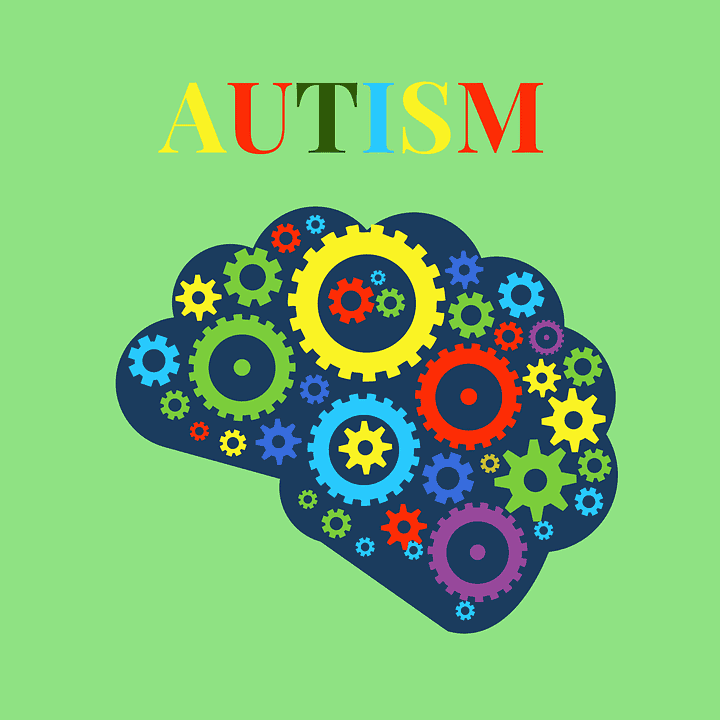A section of Part of a Team
Dr. Tara Matthews, a developmental and behavioral pediatrician at Children’s Specialized Hospital, shares some thoughts on Tommy Marcketta’s journey and provides information on the Autism Spectrum Disorder (ASD).
Marcketta is a freshman at Hillsborough High School and is a member of the school’s swim team. He was diagnosed with ASD at age 7. It has affected his social and emotional skill development and can make new situations and environments difficult for him to navigate.
Matthews said Marcketta’s continued occupational therapy and physical therapy has not only prepared him for high school, but also prepared him to join the swim team.
“[Occupational therapy and physical therapy] have strengthened him physically, given him more body awareness and helped strengthen him as a swimmer,” she said.
How ASD is diagnosed
ASD is diagnosed using the DSM V criteria (Diagnostic and Statistical Manual of mental Disorder, 5th edition), the Childhood Autism Rating Scale, the Autism Diagnostic Observation Scale and the Autism Diagnostic Interview Revised.
While these are standardized tools and guidelines, listening to parents and teachers describe a child’s behavior and observing the child clinically and getting to know them plays a key role.
“I always explain to children and their families that autism is a word to describe how a child’s brain thinks, and also how to explain some of their behaviors,” she said. “Sometimes a child will ask me ‘how do you know I have autism?’ and I will say, “well, every child with autism is unique/different and everyone’s brain works differently, but there are a few things that are similar in kids with autism’ and then I will point out that individual child’s behaviors or thought processes that are similar to other children with autism.”
Therapies and resources available for families with a child with ASD
Therapies are specific to the child, but in general speech therapy, occupational therapy, physical therapy, individualized counselling and ABA therapy (Applied Behavior Analysis) are therapies available to help children with autism. In addition, many children benefit from music and art therapies, as well has hippotherapy (horseback riding).
In terms of resources, Children’s Specialized Hospital’s website has resources for families for children with autism and other special needs:
https://www.rwjbh.org/childrens-specialized-hospital/patients-visitors/patient-and-family-resources/

